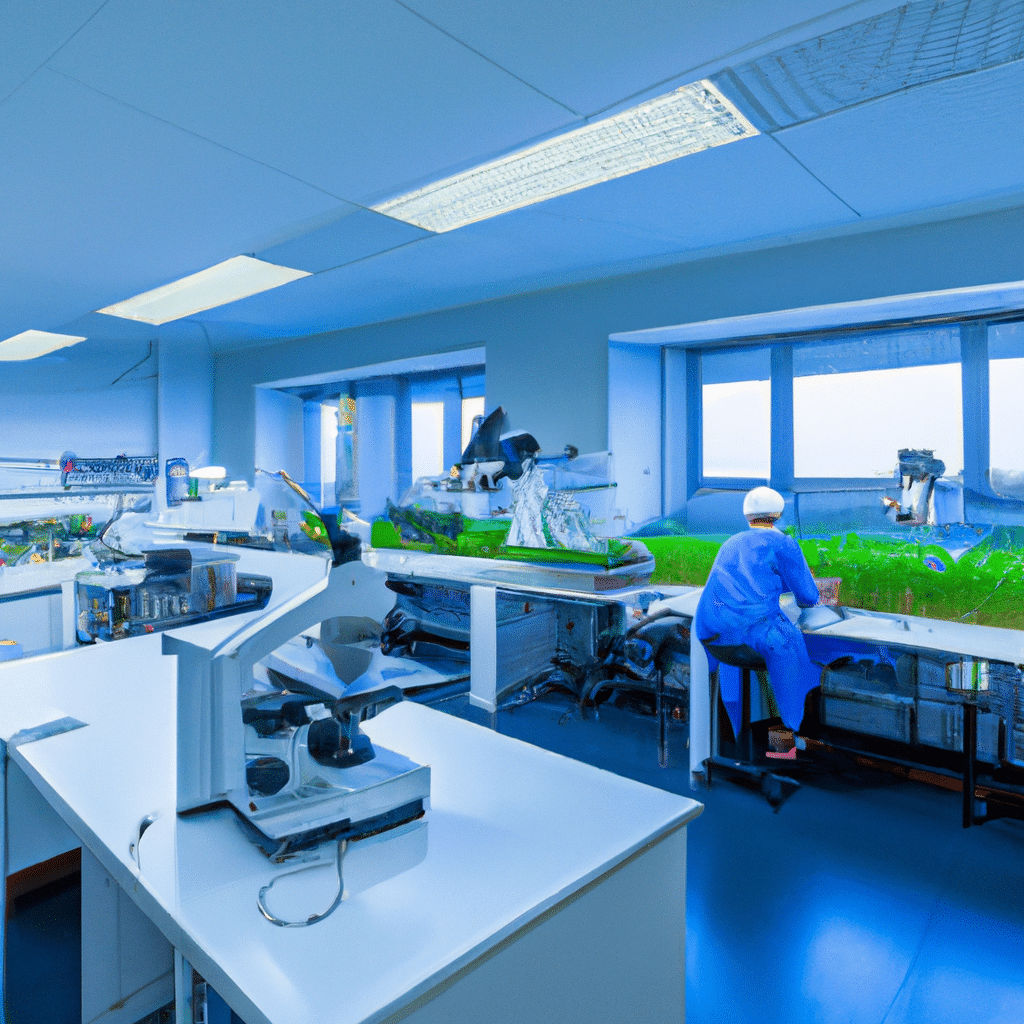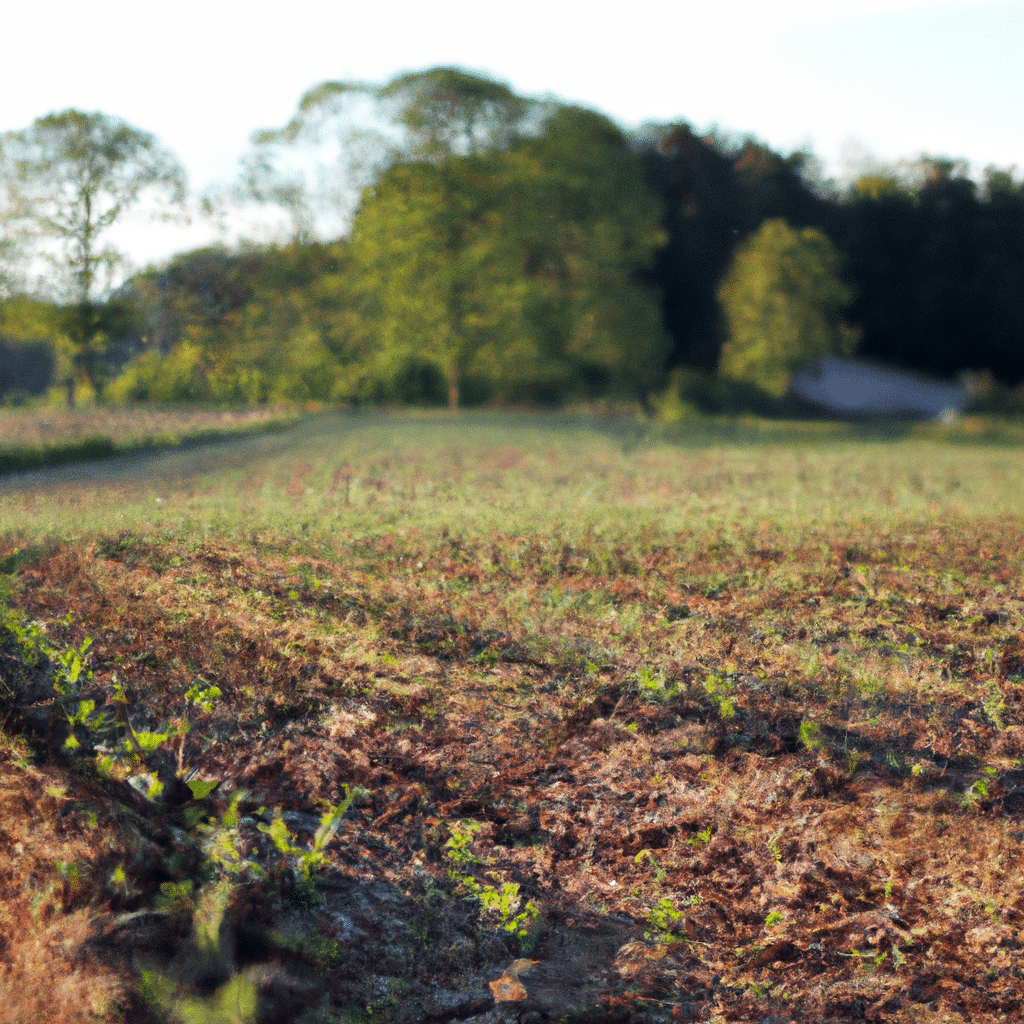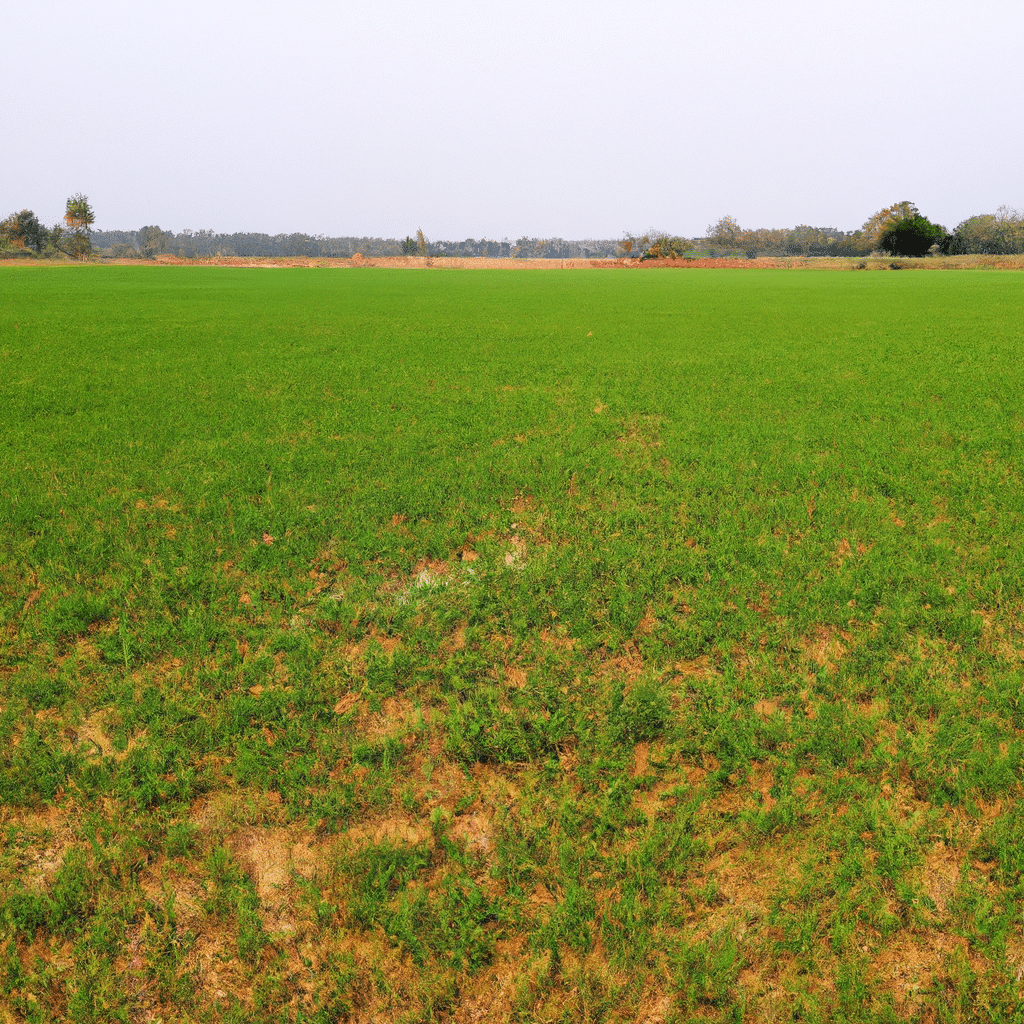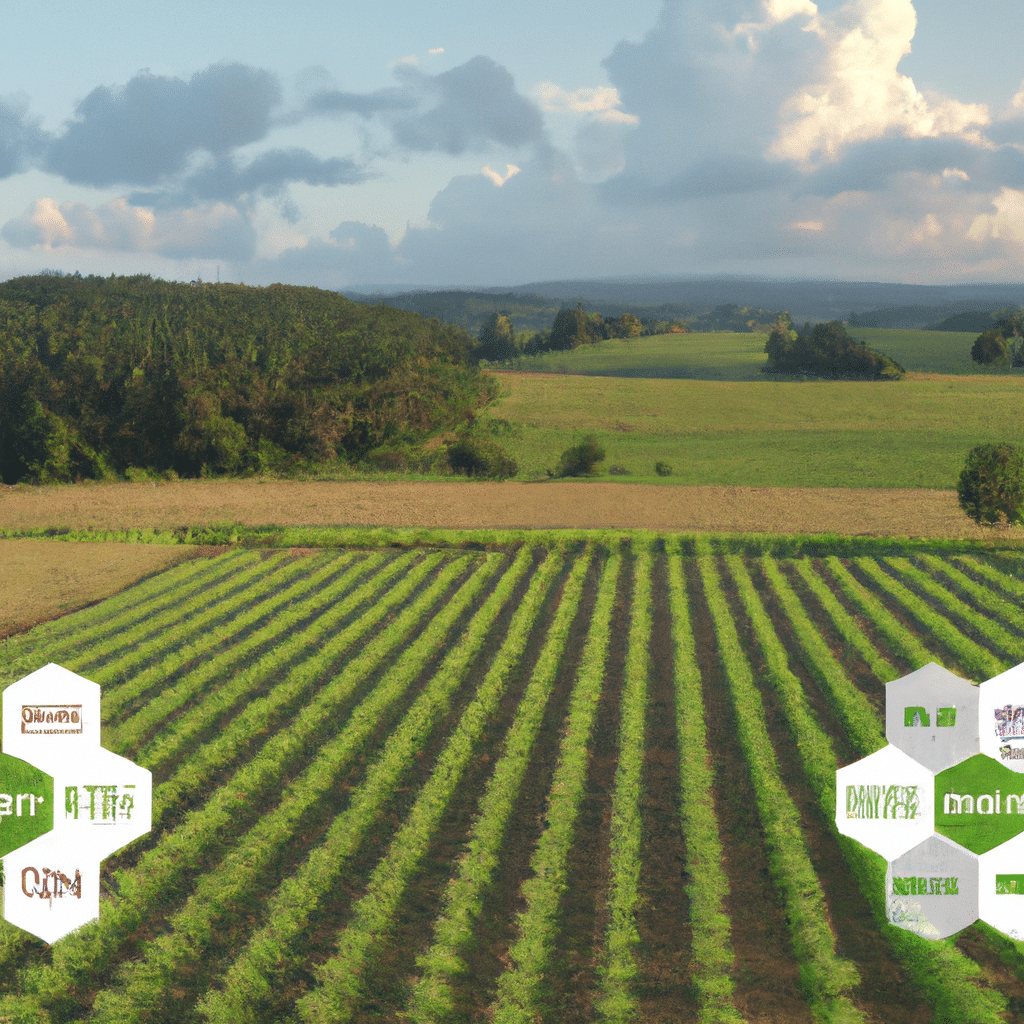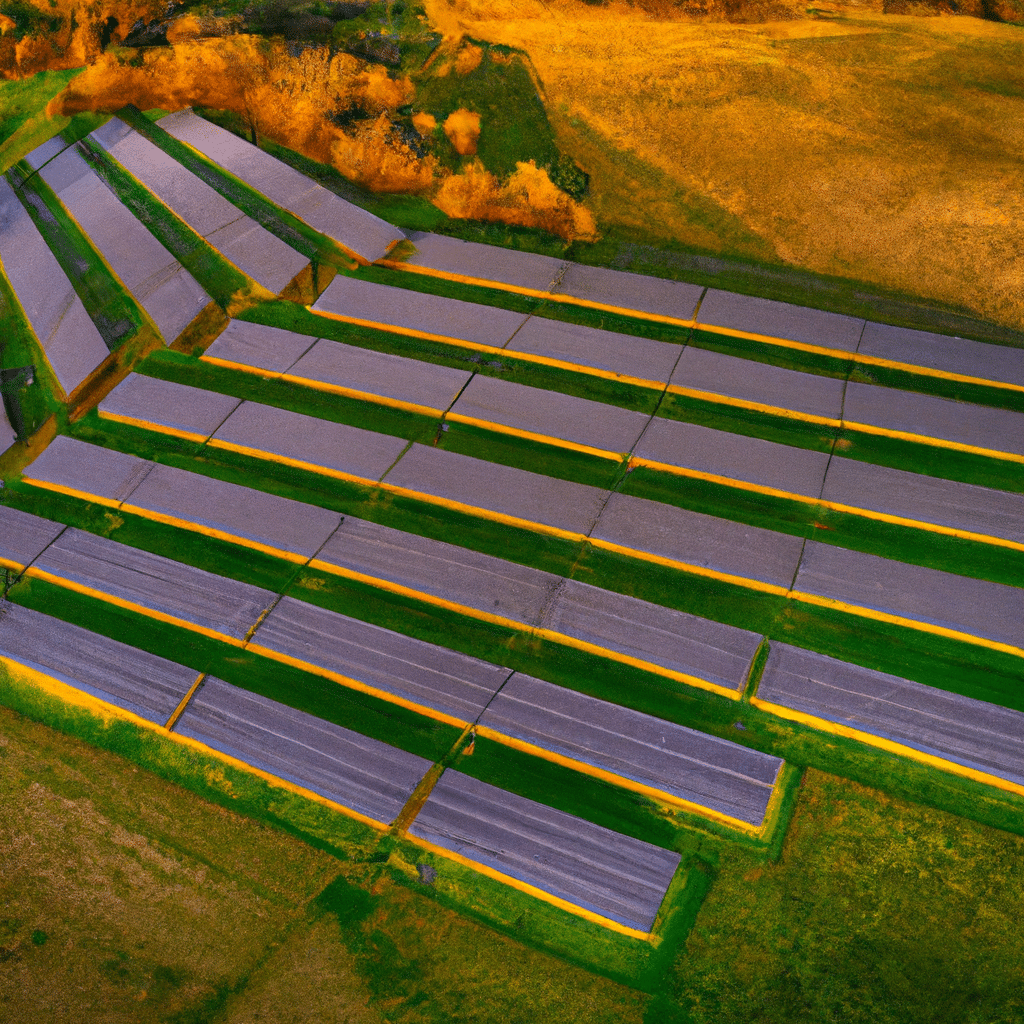In recent years, traditional farming practices have been undergoing a remarkable transformation, thanks to the power of collaborative projects. These initiatives bring together farmers, researchers, technologists, and other stakeholders to collectively tackle the challenges faced by the agricultural industry. By leveraging innovative technologies, sharing knowledge, and fostering collaboration, these projects are breaking boundaries and revolutionizing the way we approach farming. In this article, we delve into the world of collaborative projects and explore how they are reshaping traditional farming practices.
The Power of Collaboration in Agriculture
Collaboration has long been recognized as a key driver of progress and innovation in various industries, and agriculture is no exception. By pooling resources, expertise, and ideas, collaborative projects enable participants to achieve far more than they could individually. When it comes to farming, collaboration offers numerous benefits, including:
- Knowledge Sharing: Collaborative projects provide a platform for farmers to share their experiences, best practices, and lessons learned. This collective knowledge helps to improve overall efficiency and productivity in farming operations.
- Access to Technology: By working together, farmers can gain access to cutting-edge technologies that may have otherwise been out of reach. Collaborative projects often involve partnerships with technology providers, allowing participants to leverage state-of-the-art tools and equipment.
- Economies of Scale: By pooling resources, farmers can collectively invest in infrastructure, equipment, and research initiatives, which would be financially burdensome for individual farmers. This leads to cost savings and increased profitability.
- Risk Mitigation: Collaborative projects provide a support network for farmers, particularly in times of crisis or unforeseen challenges. By sharing resources and knowledge, participants can better manage risks and adapt to changing conditions.
Technological Innovations Empowering Collaborative Farming
The success of collaborative projects in transforming traditional farming practices can be attributed, in large part, to technological innovations. These advancements have opened up new possibilities and avenues for collaboration. Let’s explore some of the key technologies that are empowering collaborative farming:
1. Internet of Things (IoT)
The IoT has revolutionized the way farmers manage their operations. By connecting devices and sensors, farmers can gather real-time data on various aspects of their farms, such as soil moisture, temperature, and crop health. This data can be shared with other participants in collaborative projects, enabling better decision-making and more precise farming practices.
2. Artificial Intelligence (AI)
AI has the potential to revolutionize farming by analyzing vast amounts of data and providing insights that can optimize crop production. Collaborative projects leverage AI technologies to analyze data collected from multiple farms, identify patterns, and recommend customized solutions for each participant. This collective intelligence leads to more efficient resource allocation and improved yields.
3. Blockchain
Blockchain technology offers transparency, traceability, and security in agricultural supply chains. Collaborative projects utilize blockchain to track and verify the origin of agricultural products, ensuring their authenticity and quality. By sharing this information, farmers can establish trust with consumers and gain a competitive edge.
4. Robotic Automation
Robotic automation is transforming labor-intensive tasks in farming, making them more efficient and cost-effective. Collaborative projects leverage robotic technologies to automate processes such as planting, harvesting, and monitoring. By sharing the benefits of automation, farmers can reduce labor costs and increase productivity.
Case Studies: Collaborative Projects Driving Change
To further illustrate the impact of collaborative projects on traditional farming practices, let’s explore two real-world case studies:
1. The Smart Farming Initiative
The Smart Farming Initiative is a collaborative project that brings together farmers, researchers, and technology providers to develop innovative solutions for sustainable agriculture. Through the use of IoT devices and AI algorithms, participating farmers have been able to optimize irrigation, reduce pesticide usage, and minimize environmental impact. This collaborative approach has not only enhanced farm productivity but also ensured the long-term viability of farming practices.
2. The Open Source Seed Initiative
The Open Source Seed Initiative is a collaborative effort aimed at preserving and sharing open-source seeds. By freely sharing seeds and plant genetic resources, farmers can maintain biodiversity and reduce dependency on commercial seed varieties. This collaborative project has empowered farmers to experiment with different crop varieties, adapt to changing climates, and foster a more resilient agricultural system.
Conclusion
Collaborative projects are revolutionizing traditional farming practices by harnessing the power of collaboration and technological innovation. These initiatives enable farmers to share knowledge, access cutting-edge technologies, and collectively address industry challenges. Through the use of IoT, AI, blockchain, and robotics, collaborative projects are transforming farming into a more efficient, sustainable, and resilient industry. As we continue to break boundaries and embrace collaboration, the future of farming looks promising, with endless possibilities for growth and innovation.





